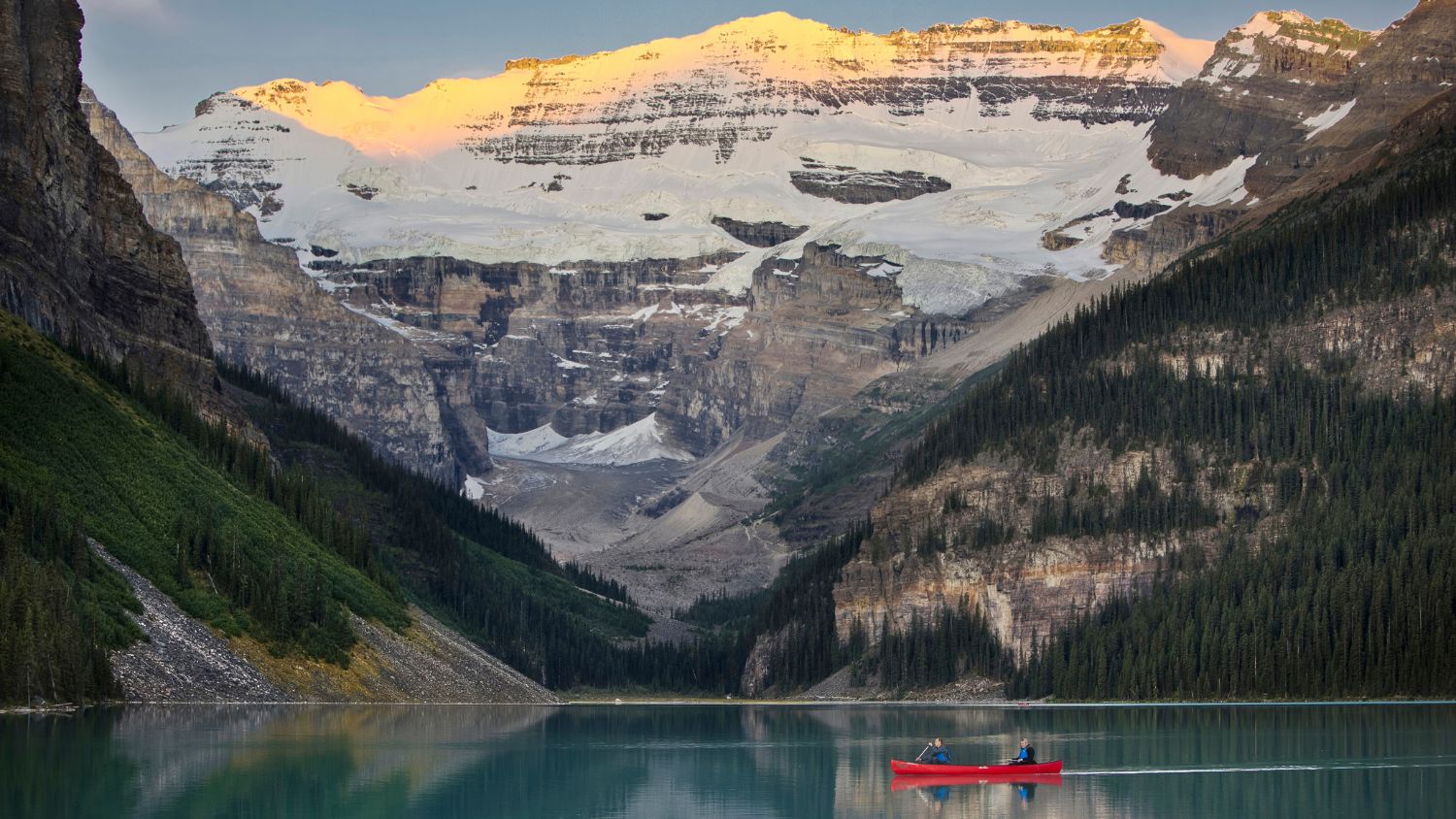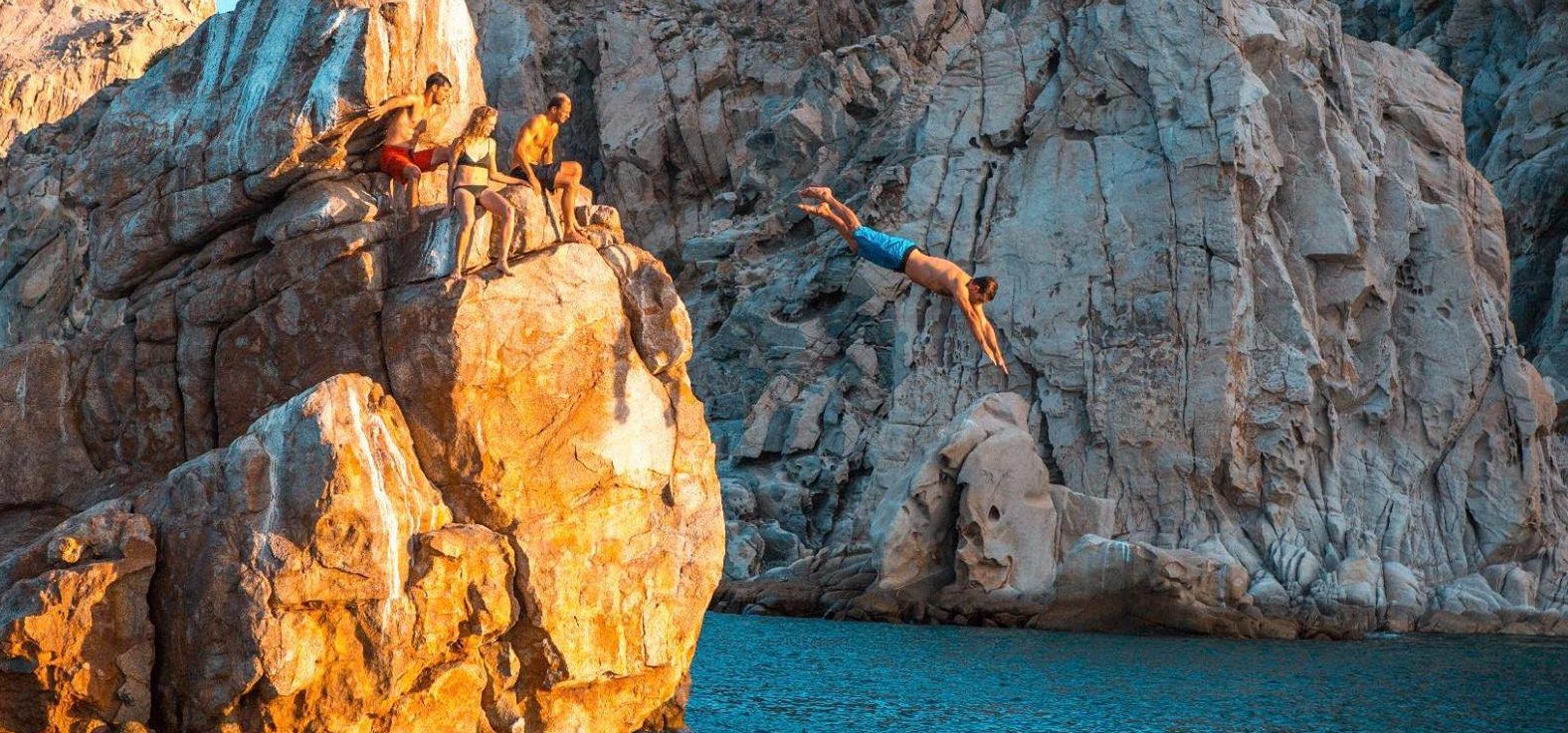I’ve spent the better part of 42 years of married life making my wife Barbara wait patiently while I changed lenses or composed the perfect shot. She would stand quietly – fidgeting no doubt – while I got the photo just right. But our three-day whirlwind through the national parks of Utah? That was something else entirely.
Late one afternoon, as we cruised through Capitol Reef National Park, Barbara turned to me with a look I hadn’t seen in decades. “Jim,” she said slowly and deliberately, “take more pictures.”
Four national parks and a fiery slot canyon later, I’m happy to report that we’re still married – and possibly even more in love with nature than ever. (What’s a slot canyon you ask? Utah’s cheekily named Peek-a-Boo Canyon outside of Kanab is a good place to start – reachable only by ATV across wind-swept sand dunes and just a short hop from Zion.)
Over the years, I’ve been lucky enough to visit some of the most iconic national parks in western Canada and the U.S. These 13 stand out – not just for their beauty but for the way they make you feel small, awestruck and deeply grateful to share this planet. From the wild Rockies of Alberta to the glowing rock formations of Utah and the geothermal marvels of Wyoming, here are my personal favourites for a truly unforgettable nature experience.
ALBERTA
Banff
Growing up in California, I loved the Highway 1 drive along Big Sur but nothing compares to the breathtaking journey from Canmore to Banff and Lake Louise then north along the Icefields Parkway to Jasper. These rugged, ancient mountains demand your full attention. If the Canadian Rockies don’t make you feel tiny and humbled, check your emotional wiring. A canoe trip on Lake Louise is as iconic as it gets – pristine turquoise waters framed by towering peaks. Moraine Lake is another must-visit spot, just as stunning but perhaps even more dramatic. Not into paddling? Take a boat tour on Lake Minnewanka in Banff for a serene view of the surrounding mountains.
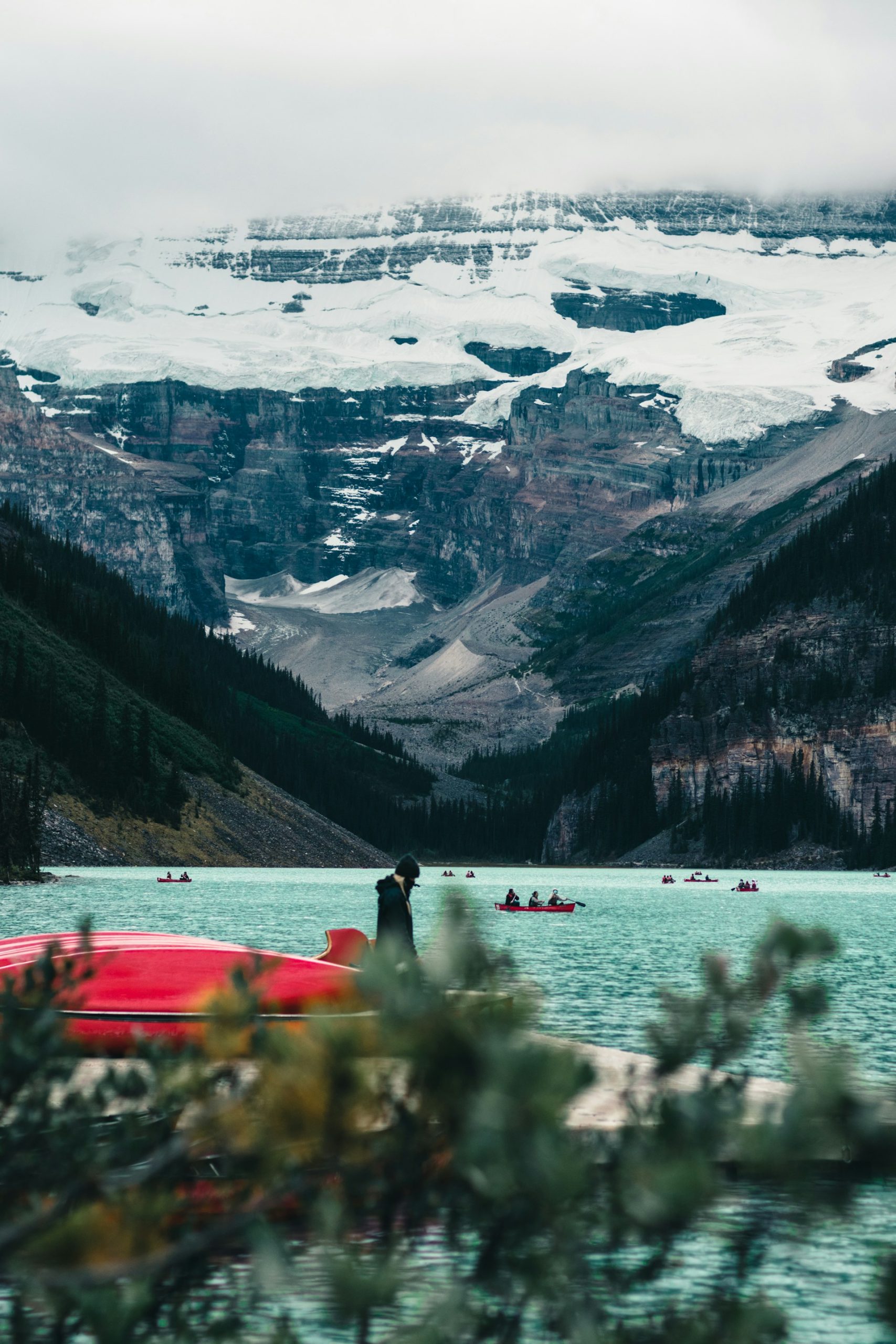
Lake Louise gets its stunning turquoise color from rock flour—fine particles of glacial sediment suspended in the meltwater. Photo: Ali Kazal/Unsplash
Waterton Lakes
Waterton Lakes is a stunning mix of sparkling lake, cascading waterfalls and snow-capped peaks. One unique experience is a boat ride that crosses into the U.S. as the park forms part of the international Waterton-Glacier Peace Park. There are scenic drives to Cameron Lake and Red Rock Canyon and a popular hike up Bears’ Hump offers spectacular views of the lake below. The Prince of Wales Hotel perches dramatically on a bluff, watching over the water like a royal guardian. The nearby golf course is set against jaw-dropping mountain scenery – just don’t worry too much about your outfit. When I signed up, the pro shop clerk smiled and said “No muscle shirts and no visible butt cracks – that’s it.” travelalberta.ca
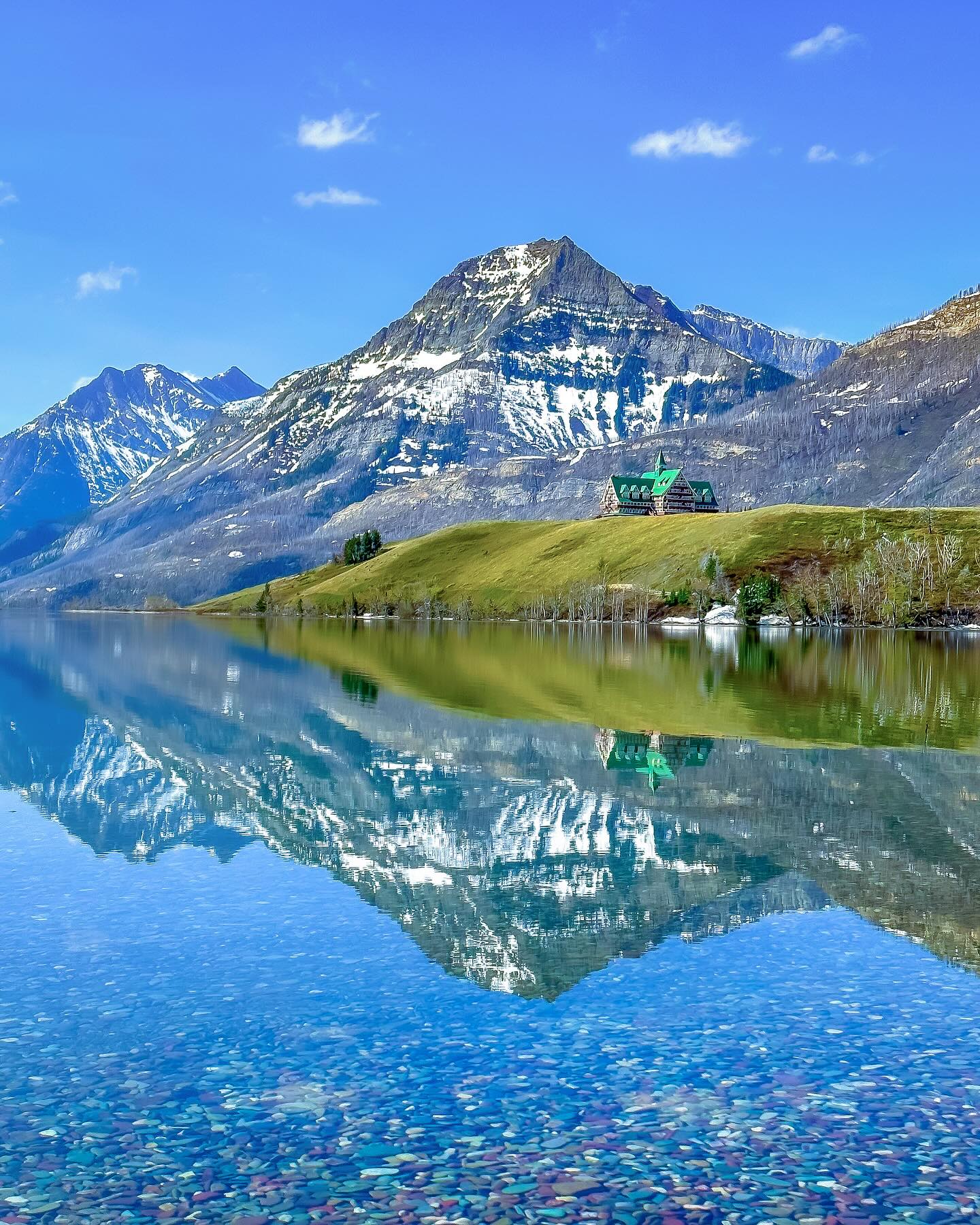
Waterton Lakes with view of The Prince of Wales Hotel. Photo @windsofjane
ARIZONA
Grand Canyon
“Shadows dance. Red rock towers above flowing water. Solitude and beauty.” That’s what I scribbled in my notebook on my first trip to the Grand Canyon – a place so vast and deep it’s almost impossible to comprehend. Stretching 446 kilometers long and up to 27 kilometers wide, with depths reaching nearly 2,000 meters, the canyon’s views pull your gaze down past rugged hills, desert plants and finally to the Colorado River winding below. Throughout the day, sunlight plays across the rocks, creating shifting patterns of color and shadow that make every glance unique. It’s no surprise this is one of the most visited parks in the world. visitarizona.com
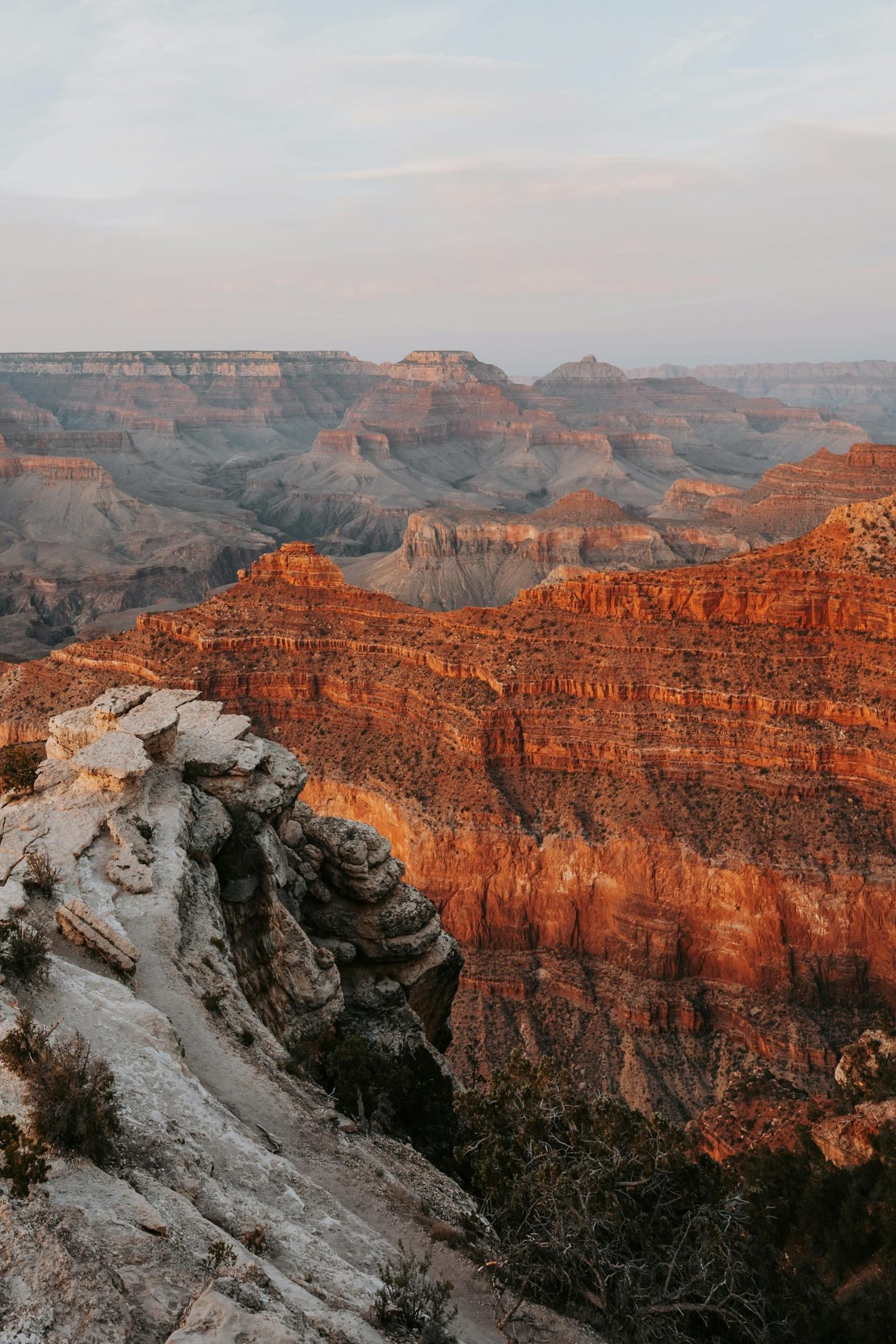
Carved by the Colorado River, the Grand Canyon reveals nearly 2 billion years of Earth’s history in its towering layers. Photo: Jake Johnson/Unsplash
BRITISH COLUMBIA
Mystic Beach
Hidden along southern Vancouver Island, Mystic Beach is a magical mix of lush rainforest and ocean serenity. The easy hike winds through moss-draped trees and crosses a charming suspension bridge before revealing a stunning sandy beach where a waterfall spills from a cliff above. It’s a secret spot where nature’s beauty feels almost sacred.
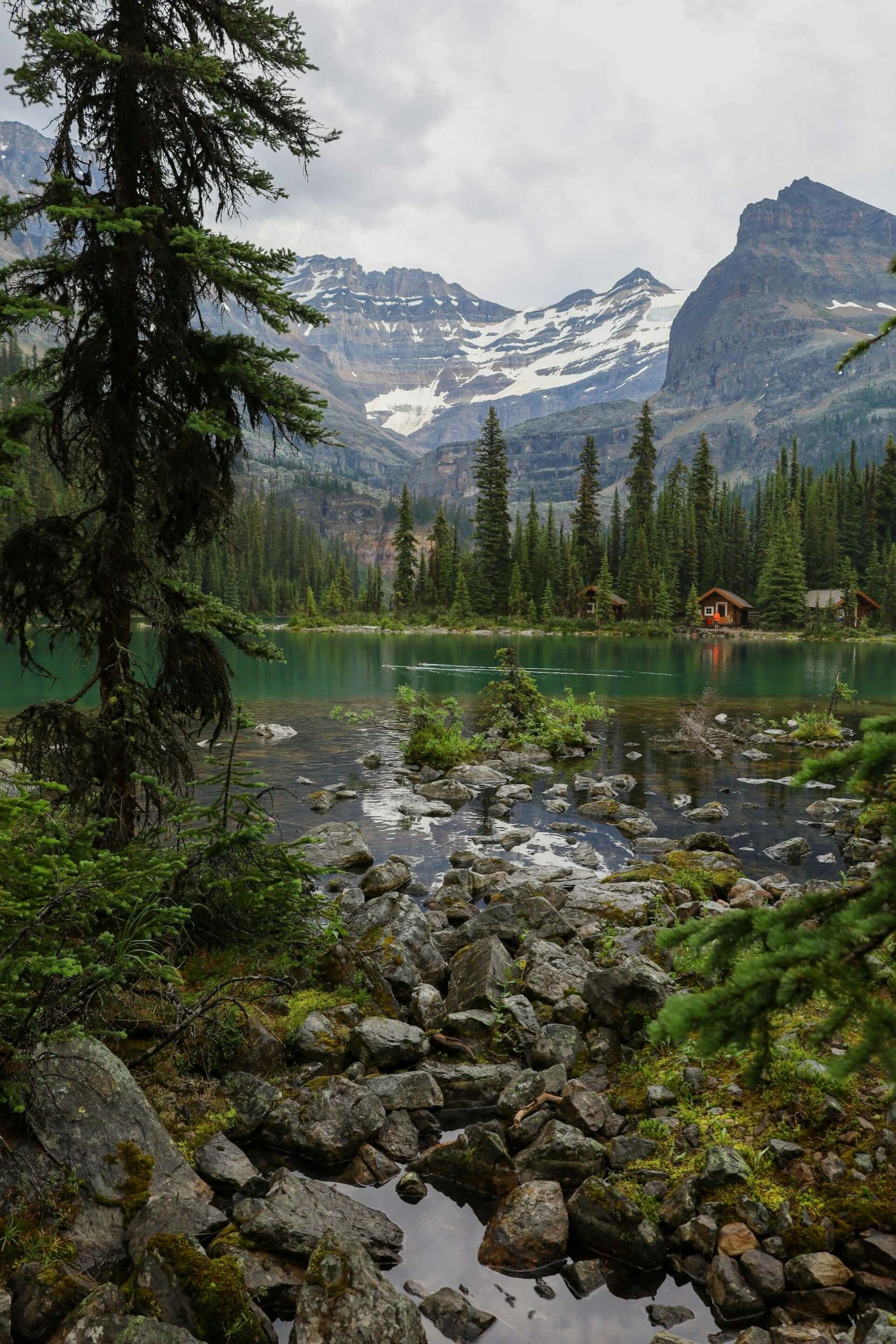
Lake O’Hara, Yoho National Park, British Columbia, Canada. Photo: Andrew Darlington/Unsplash
Yoho: While Alberta’s Rockies attract crowds, nearby Yoho National Park in B.C. offers a quieter, equally breathtaking escape. Home to Takakkaw Falls – one of Canada’s tallest waterfalls – this park delivers glacier-fed cascades dropping 254 meters in a mist-filled spectacle. Just steps away, the Natural Bridge showcases a dramatic rock formation where milky green glacial waters rush beneath a natural stone arch. With serene trails and rugged vistas, Yoho truly lives up to its Cree name, meaning “awe and wonder.” hellobc.com
CALIFORNIA
Yosemite
Yosemite’s Half Dome is a majestic granite giant, as if split perfectly in two by a celestial blade. Nearby El Capitan stands nearly 1,000 meters tall, a magnet for climbers worldwide. And BridalVeil Falls cascades 189 meters with effortless grace.
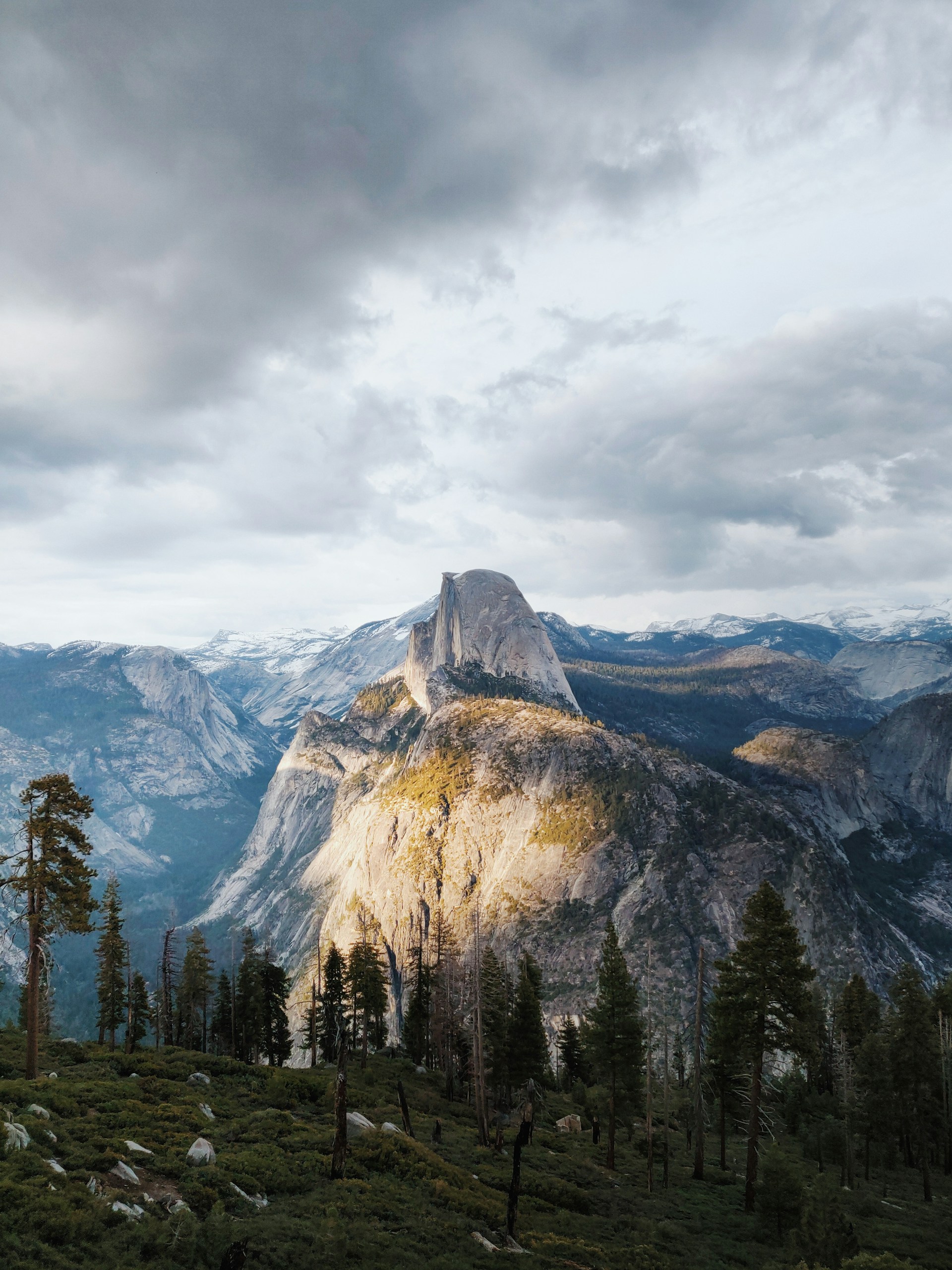
Half Dome, Yosemite National Park. Photo: @mikardinho/Unsplash
Sequoia & Kings Canyon
Look way up among the giant sequoias at Sequoia and Kings Canyon National Parks, where the Trail of 100 Giants weaves through Long Meadow Grove. On the Congress Trail, you’ll find the General Sherman Tree – the world’s largest living tree – towering 84 meters tall and over 10 meters wide. Nearby, Mt. Whitney stands guard at over 4,400 meters, a sentinel of the Sierra Nevada. And don’t miss the quirky Tunnel Log – a fallen sequoia that’s served as a natural car tunnel since 1937. Nature has a funny way of recycling.
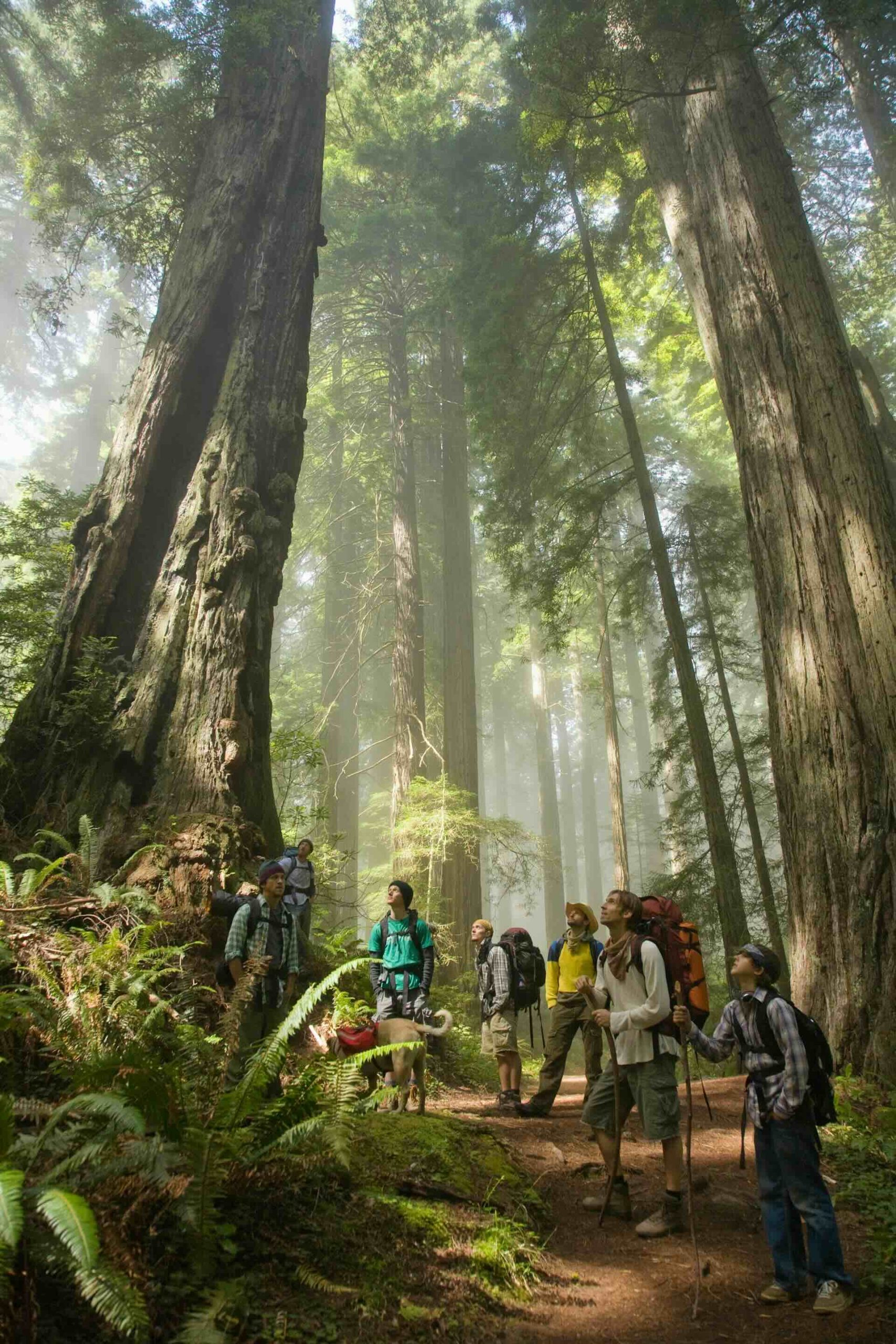
Sequoia National Park, California, USA
Joshua Tree National Park
Here, where the high Mojave Desert meets the low Colorado Desert, the air invites slow, deep breaths. The whimsical Joshua Trees, with their upward-reaching branches topped by fuzzy needles, create a landscape that feels both otherworldly and welcoming. Boulders call to your inner child – climbing is a favorite pastime here with more than 400 rock formations and 8,000+ climbing routes. Take a class at Joshua Tree Rock Climbing School to sharpen your skills. At night, the desert sky bursts with stars, a playground for amateur astronomers. This desert magic is one of a kind. www.visitcalifornia.com
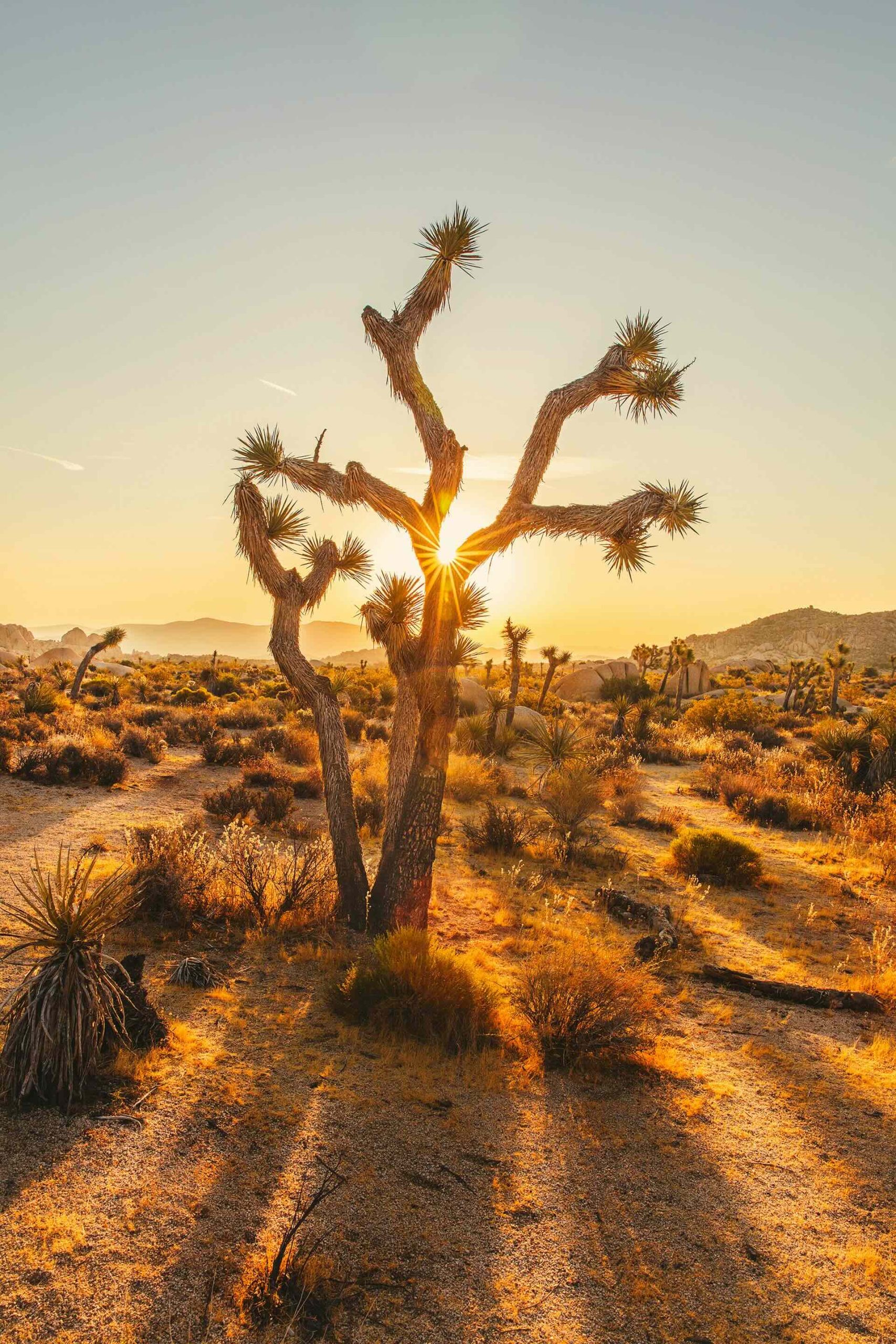
Joshua Tree National Park. Photo: @explorewithjoshua
NEVADA
Valley of Fire
Just a short drive from the Vegas Strip, Nevada’s Valley of Fire and Red Rock Canyon offer a stunning natural escape. The Valley of Fire’s blazing red sandstone formations seem aflame under the desert sun while ancient petroglyphs whisper stories of the past. Red Rock Canyon, known for its towering red cliffs and scenic loop drive, offers hiking, rock climbing and panoramic views – an oasis of rugged beauty just minutes from the neon buzz. Together, these parks provide a powerful contrast to the city’s hustle, perfect for adventurers and peace-seekers alike. www.travelnevada.com
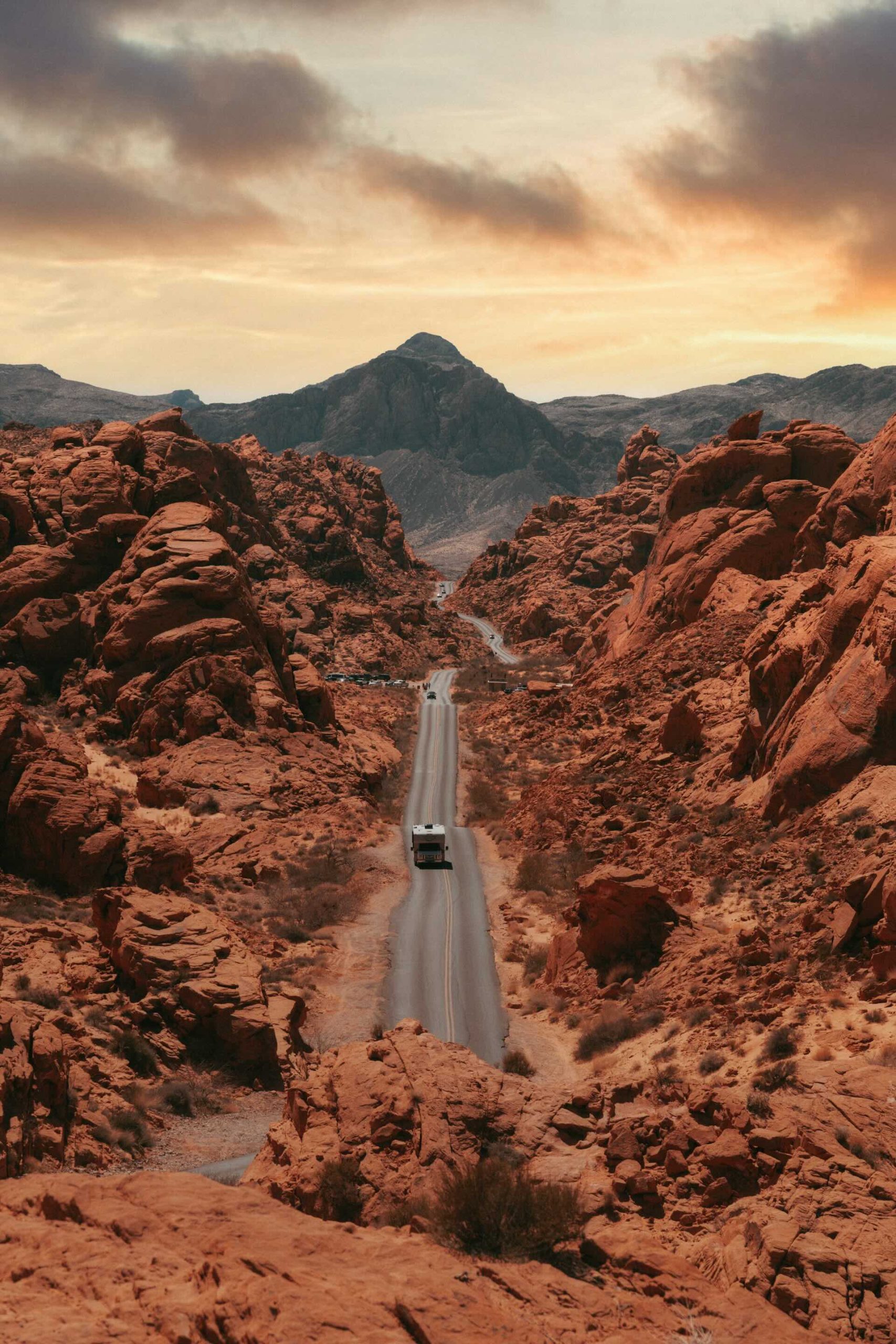
Valley of Fire State Park, Nevada. Photo: @confinedriley/Unsplash
UTAH
Bryce Canyon
Approaching Bryce Canyon, the landscape gives little hint of what’s ahead – until suddenly, towering orange and white spires rise like Gaudí architecture brought to life. The hoodoos, as these stone chimneys are called, create a surreal “forest” sculpted by millennia of wind, rain, snow and ice. A short walk between Sunrise and Sunset Points reveals deep red rock shards, dusted in snow on my visit, making the colors even more vivid. Birds dart among the spires as shadows lengthen, deepening the hues as the sun sets. Fun fact: the canyon is named after Ebenezer Bryce, a local rancher who reportedly said “Helluva place to lose a cow.”
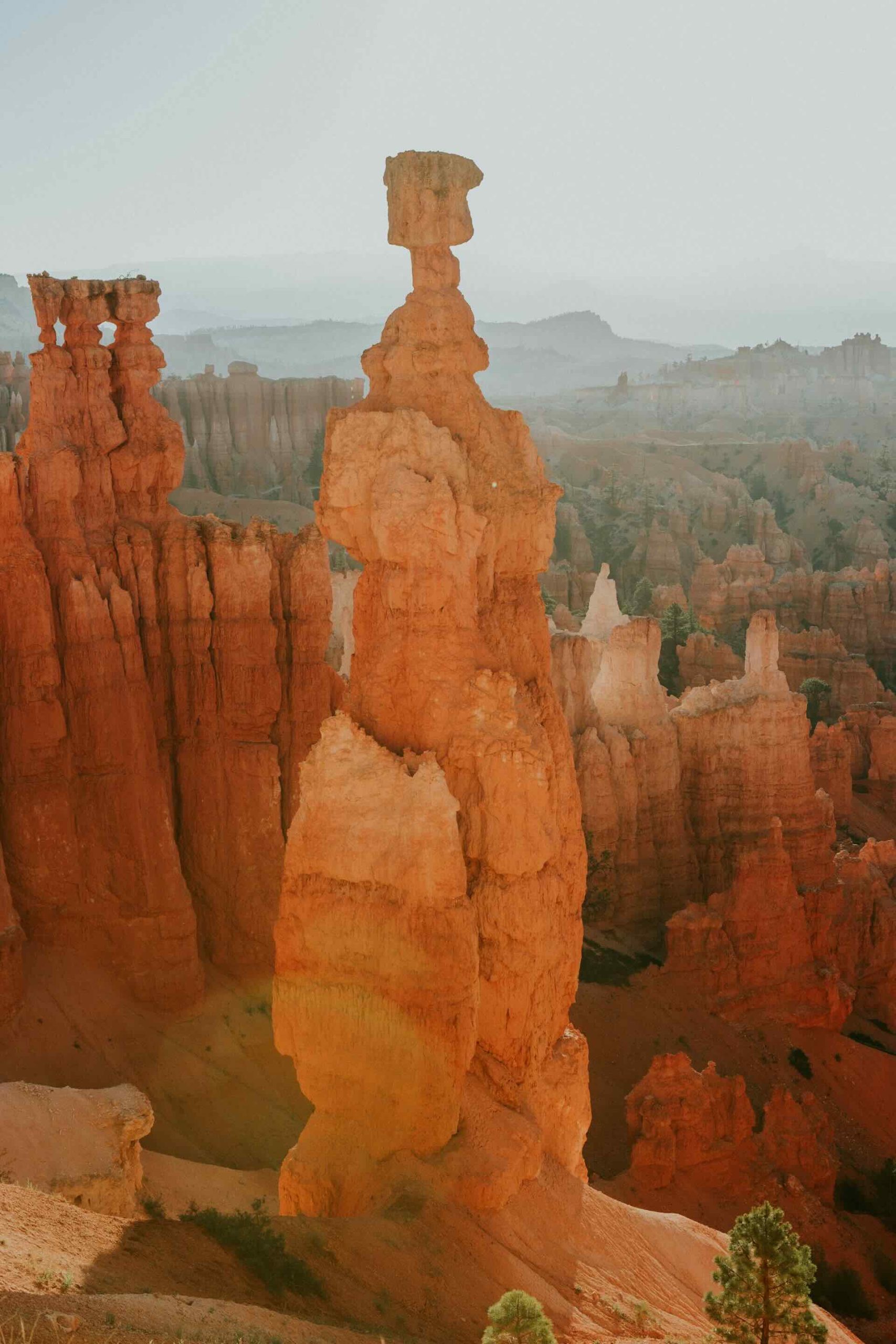
Bryce Canyon. Photo: Hayden Hatch/Unplash
Capitol Reef
Driving into Capitol Reef, the overpowering orange-red rock hills stop you in your tracks. These massive formations look like they were thrust skyward by an ancient force – wide, muscular and jagged. Turning into Capitol Reef Gorge, the landscape feels primeval. Towering walls close in, sunlight barely reaching the bottom of the narrow canyon. For 20–30 minutes, it was one of the most jaw-dropping drives I’ve ever taken – raw and wild.
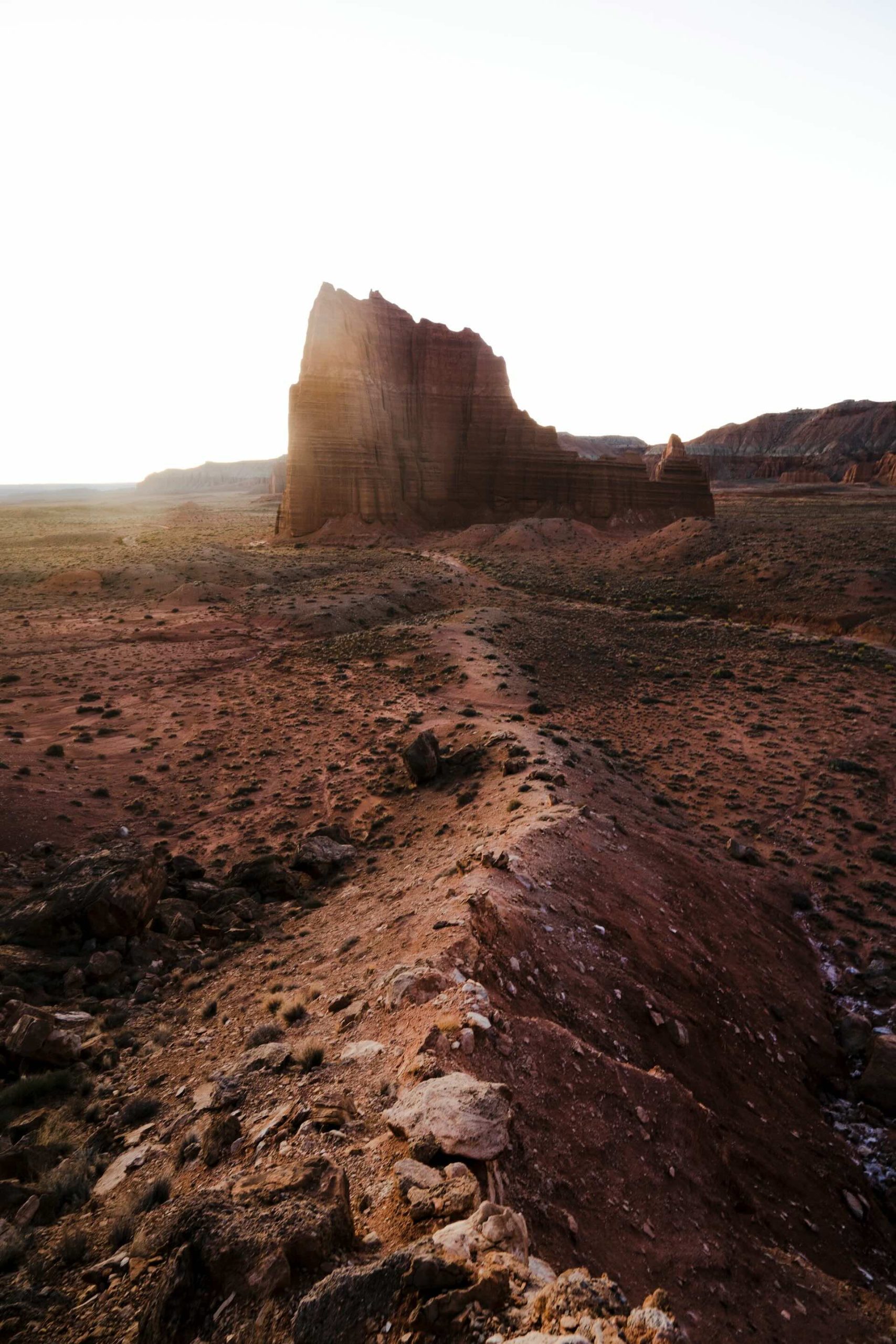
Capitol Reef National Park. Photo: Evan Sanchez/Unsplash
Arches National Park
Barb and I took a guided tour with Chris Tull, a passionate biologist from Moab Adventure Center, through Arches National Park – a land of soaring, rust-colored arches against bright blue skies. Chris explained how water and chemical erosion shaped these graceful stone forms while wildflowers added splashes of yellow and white. At Park Avenue, towering rock walls form an amphitheater and a narrow column resembling Queen Nefertiti’s head caught my eye. Sand Dune Arch led us through a narrow canyon into a bowl of orange light beneath a natural stone stage.
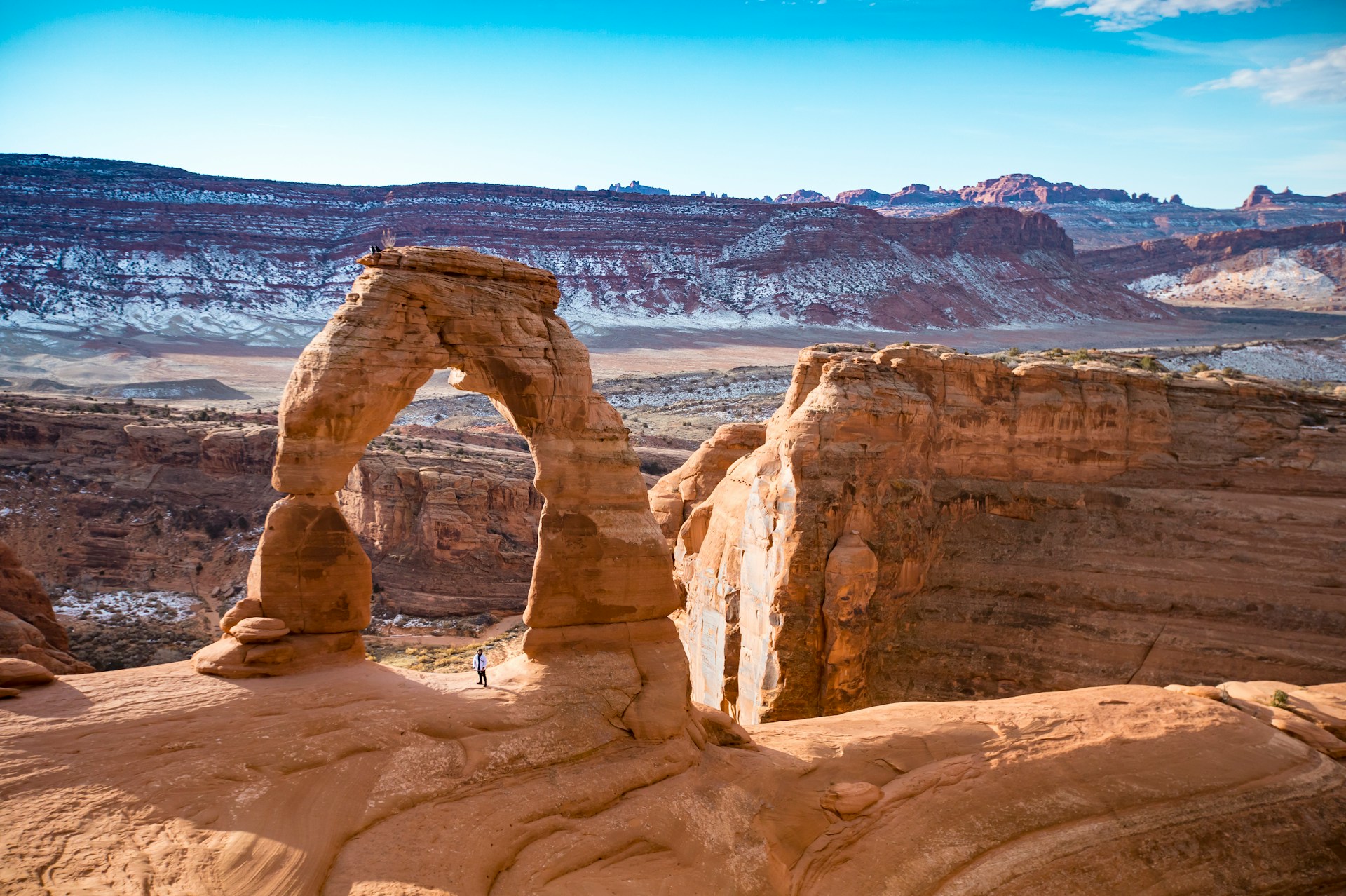
Arches National Park, Utah. Photo: @leo_visions_
Zion
Entering Zion from the less-traveled east, we were greeted by towering chalky white cliffs streaked with natural lines – like nature’s graph paper. The road dipped into a deep valley then through a long tunnel, opening into a stretch surrounded by gnarly peaks in rust, brown and cream. Weeping Rock, with its thin, delicate waterfall tumbling 200 feet over Navajo sandstone, nourishes ferns and moss clinging to the cliff. Sitting behind the falls on a stone ledge, we watched mist dance in the dry desert air – a quiet moment in a grand landscape. www.visitutah.com
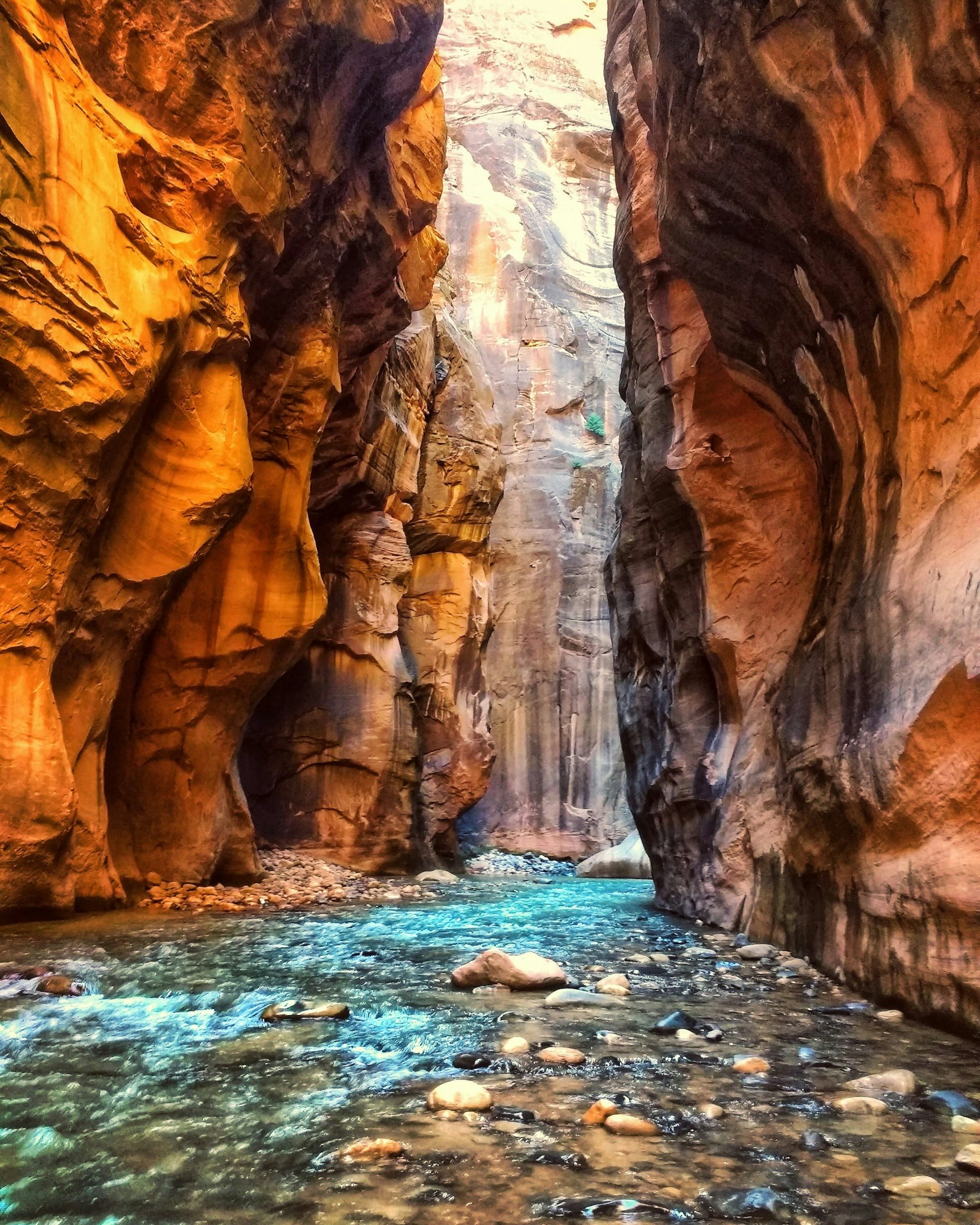
The Narrows, Zion National Park. Photo by Karan Chawla/Unplash
WYOMING
Yellowstone
Yellowstone is the granddaddy of America’s national parks – a wild, untamed wilderness where raw power meets breathtaking beauty. Founded in 1872, it’s famous for otherworldly sulfur springs with swirling blue and yellow pools that look like giant, icy eyes staring up from the earth. The Grand Prismatic Spring’s fiery rainbow colors resemble something from a fantasy epic while Old Faithful faithfully erupts jets of boiling water up to 55 meters high. This geothermal wonderland never fails to awe visitors from around the globe. www.travelwyoming.com
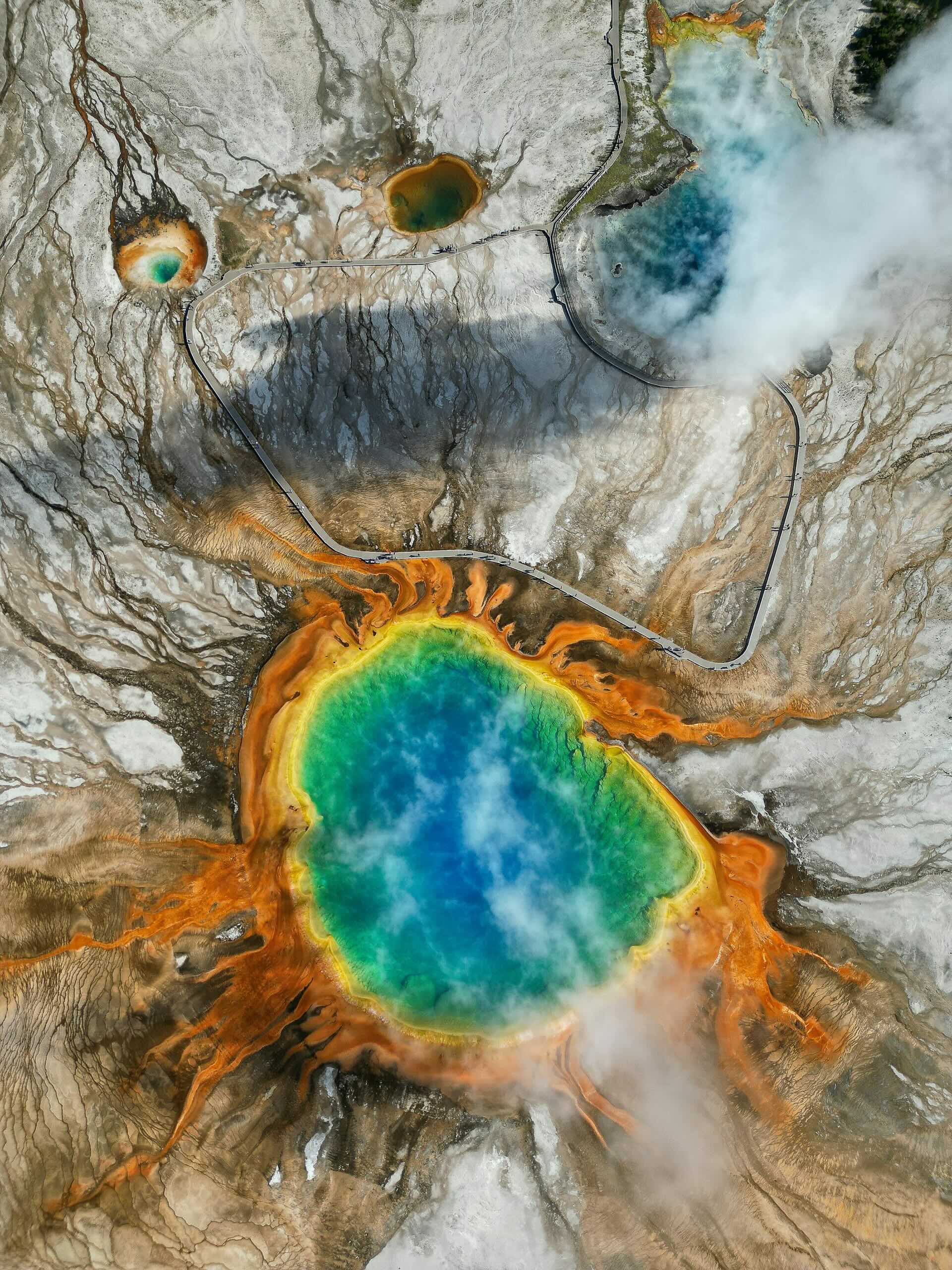
The Grand Prismatic Spring, Yellowstone National Park. Photo: @vkark/Unsplash

